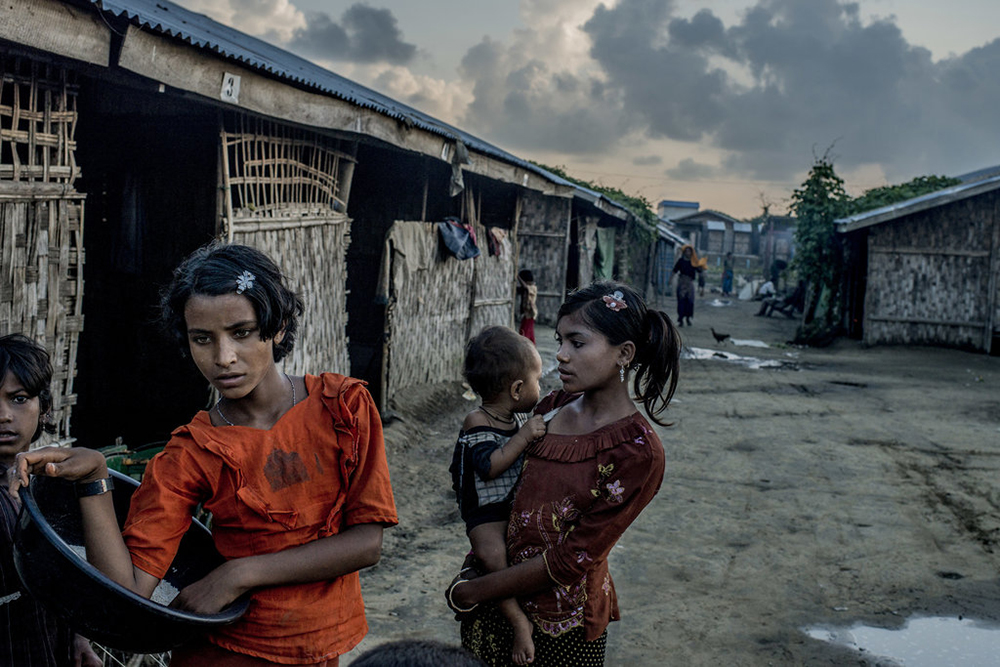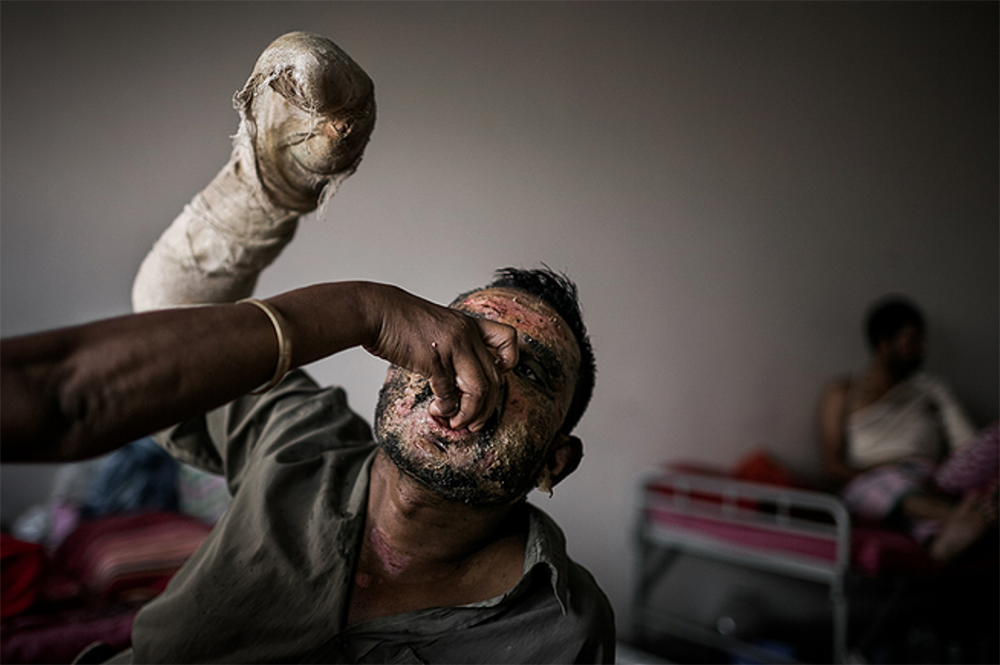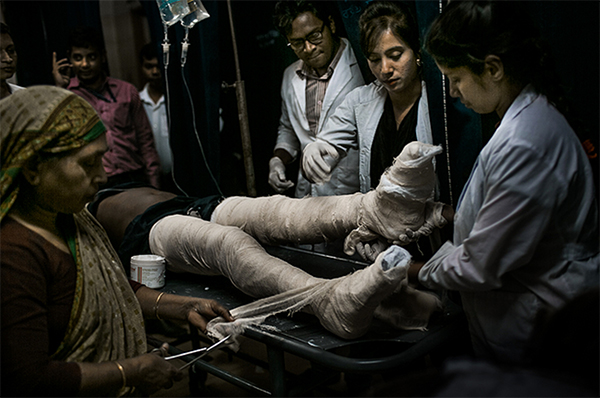
„We are here in the hope our pictures can put a human face on this crisis,“ writes the AFP photographer Christophe Archambault, who travelled to the Andaman Sea to find a boat carrying hundreds of migrants from the persecuted Rohingya minority, adrift off the Thai coast. „My first reaction is shock. Their faces are completely emaciated. You can see their ribcages, their pointed shoulder bones. We are witnessing a situation of absolute horror.“

We know it won’t be easy. There are hundreds of islands in the area, and scores of small boats. But it’s a one-off chance to document this dramatic story.
The Thai authorities are initially helpful, offering to take us out on patrol close to Malaysia’s territorial waters. So we fly to the southern town of Hat Yai, head on to Satun on the coast, and board a speedboat the following morning for the island of Koh Lipe where the patrol is due to leave.
Follow the blog of AFP-Correspondent Christophe Archambault:




